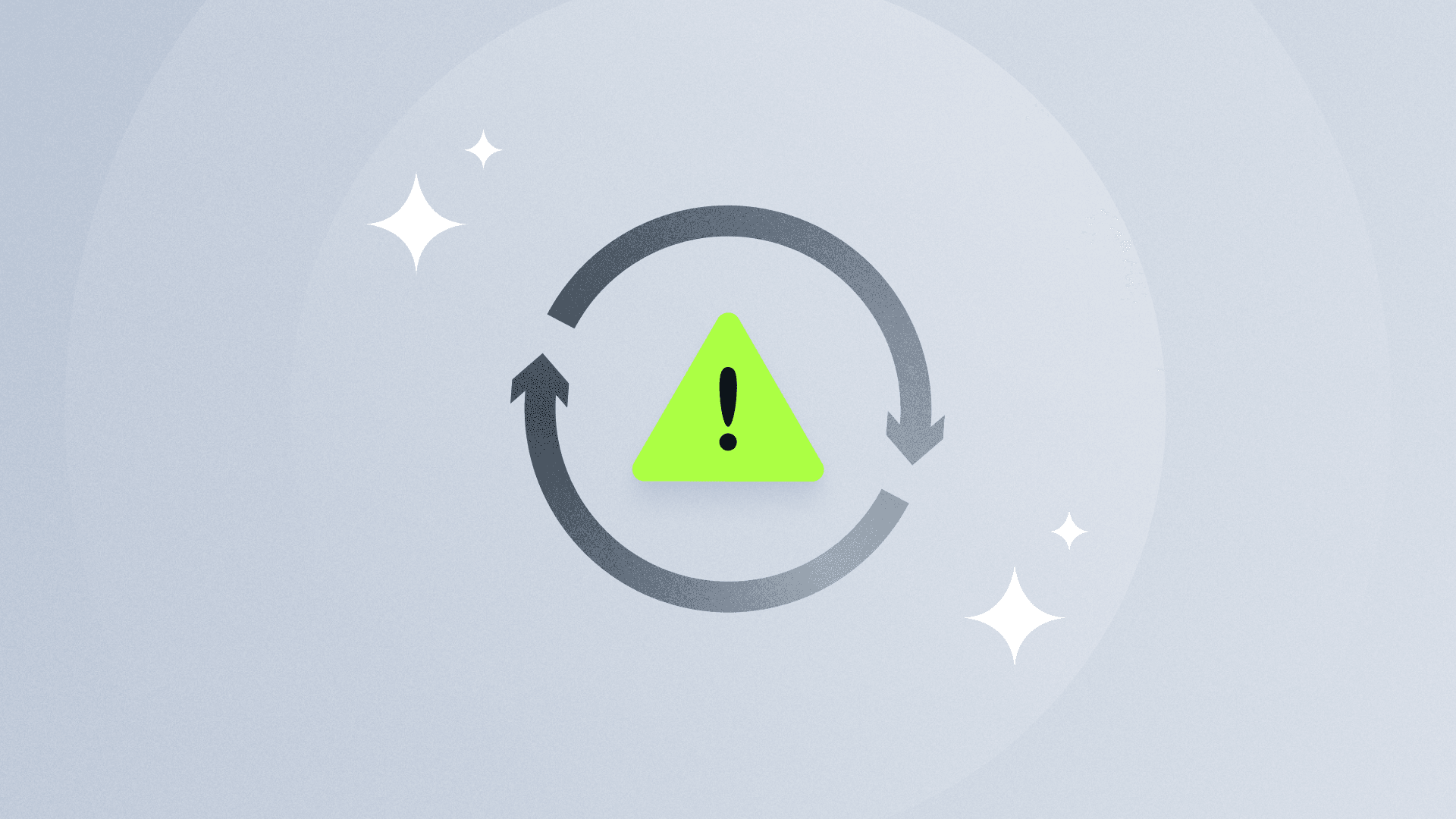
What's Inside
Ownership and accountability for risk doesn’t belong to the GRC or ERM team. CISO, Ross Hosman, shares his view on who owns business risk.
Risk Management Should Drive Organizational Accountability

Ownership and accountability for risk doesn’t belong to the GRC or ERM team. CISO, Ross Hosman, shares his view on who owns business risk.
Get Started With Drata
Who owns the decision to accept the risk? According to Chief Information Security Officer, Ross Hosman, it’s not the governance, risk, and compliance (GRC) or enterprise risk management (ERM) teams.
In his recent on-demand webinar about measuring your risk management program’s effectiveness, Ross explains his take on risk ownership—and accountability. Check out the webinar now or get an quick snapshot of his take below.
Early in the webinar, Ross introduces the concept of risk owners and risk acceptors. Neither of these roles belongs to the GRC or ERM teams. The responsibility for accepting and owning risk falls on the company’s leadership—the people whose decisions create that risk. They must own the consequences of their decisions and ensure the business only takes appropriate risks.
Without executive accountability, risk ownership falls on the GRC or ERM teams—even though they lack the authority to change the business.
GRC and ERM teams can only manage risk. They may even reject decisions that expose the business to unacceptable risks. But they do not own the risk.
Risk managers must assess a risk based on its impact on the business and present their conclusions to the executive team. Accepting a high-impact risk is not possible. Instead, the risk owner must take responsibility for transferring, mitigating, or fixing the risk.
Accepting a low-impact risk depends on the executive team’s risk tolerance. But it’s still an executive decision, and they are accountable if that risk causes an incident.
Understanding the business perspective of managing risk is only one piece of the puzzle when it comes to measuring how effective a risk management program is.
If you’re looking to improve and automate your risk management program, schedule some time with our team and see how Drata can help you stay ahead of potential threats.
Keep Reading
Take Your Learning Further
Discover research, guides, templates, and other resources on risk management.